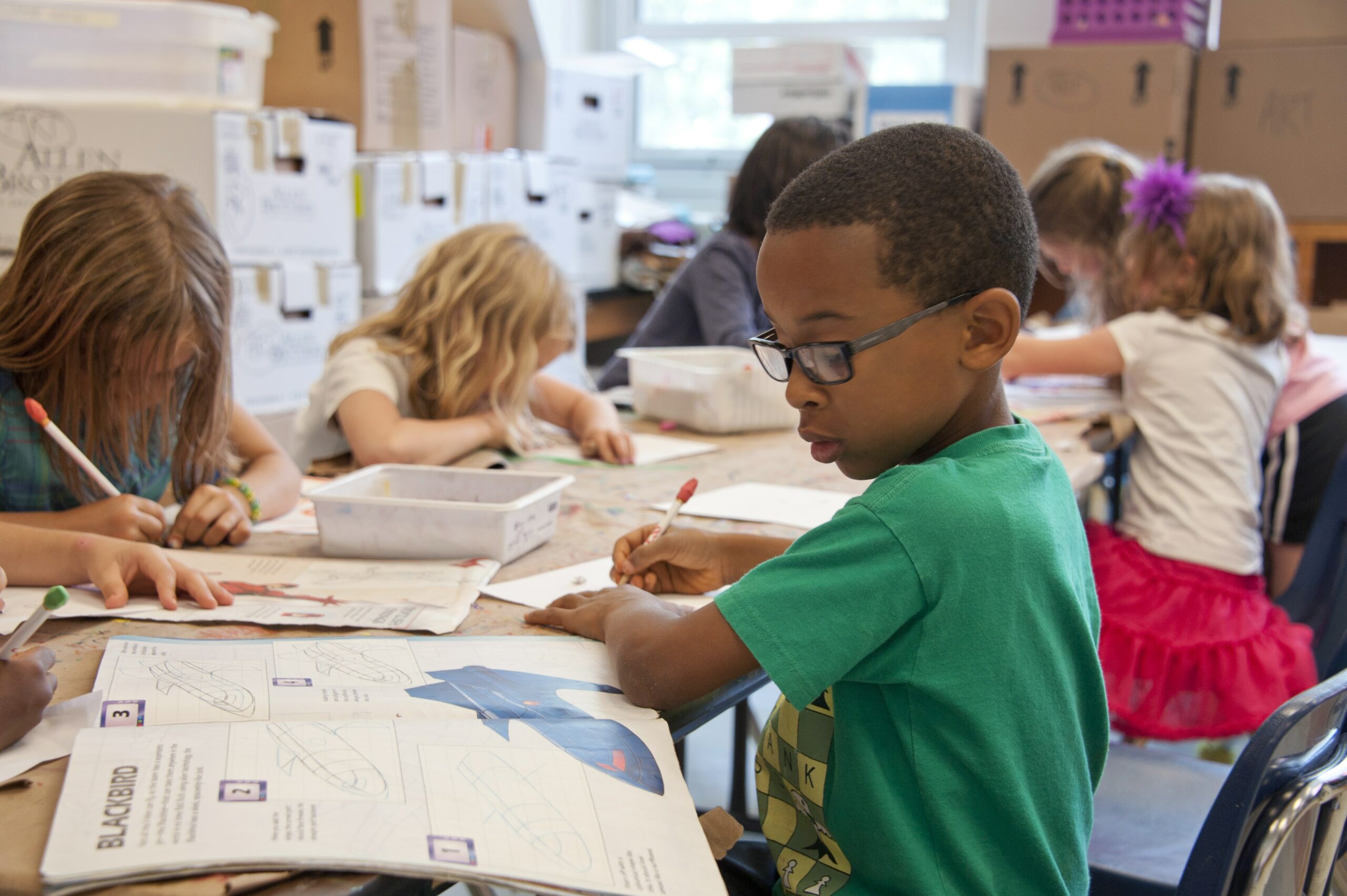
Successful Back to School—Social-Emotional Support to Help Students Thrive
Kids are back in school again and most educators are acutely aware of the potential social emotional needs of students. The past few years have

Kids are back in school again and most educators are acutely aware of the potential social emotional needs of students. The past few years have

Every teacher wants their students to feel emotionally supported in their classroom–when a child feels emotionally stable, they can take in and learn information. The

It’s back to school time again and most educators are acutely aware of the potential social emotional needs of students. Last school year was a

Most adults and children feel anxiety at some point in their lives. Unfortunately, the incidence of anxiety has increased over the last decade, and dramatically

Transitioning to a Trauma Informed School has become an important movement across the United States, particularly in those schools with a high population of at-risk

All educators are anxiously awaiting what this fall might look like. Some still aren’t sure if kids will be in the classroom or virtual—and things

Stress is running high right now. Everyone is feeling it, whether it’s a change in our everyday routines, being worried about a loved one, or

Numerous studies have been conducted that reveal just how much stress today’s kids are under. Sadly, we see it every day revealed in bullying, anxiety,

Step 7 of The Imagine Project writing activity is a 30-day Gratitude challenge. We ask students to write down 3 things they are grateful for

Ugh, yet another school shooting. Our hearts are all breaking once again. When will it ever end? What are the solutions? How can we help?



The Imagine Project, Inc. is a 501c3 organization, we appreciate your continued support helping ki

Join our community to get the latest tips, exclusive offers, and updates straight to your inbox. Don’t miss out—subscribe now and be the first to know!